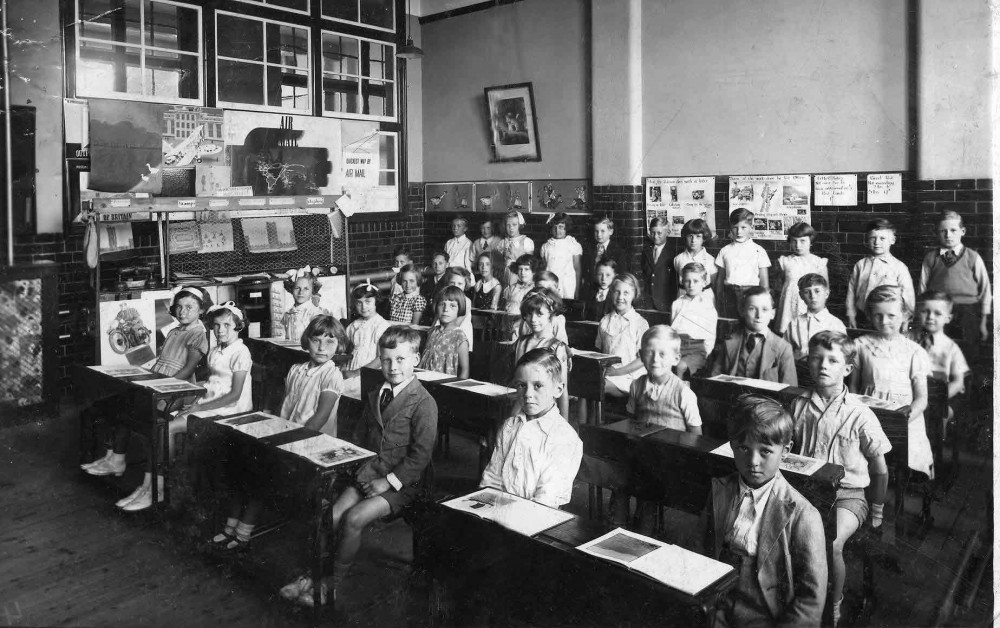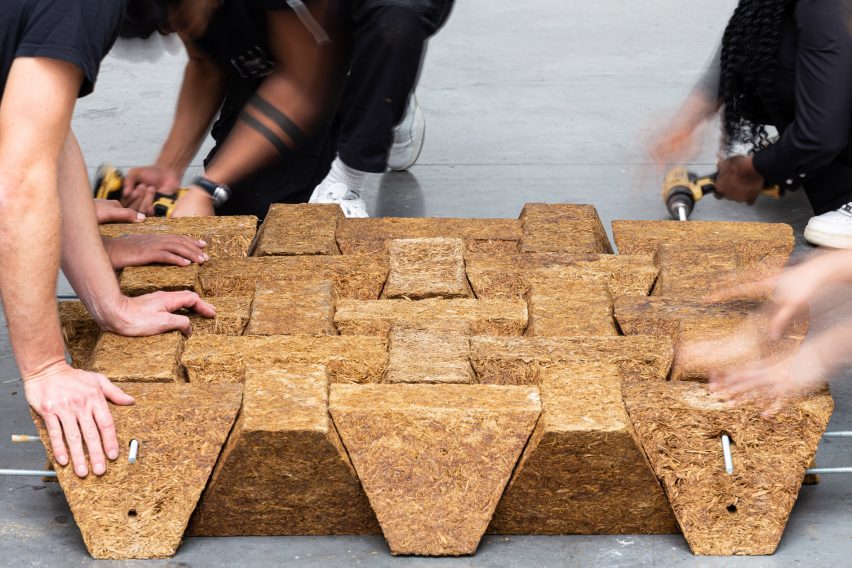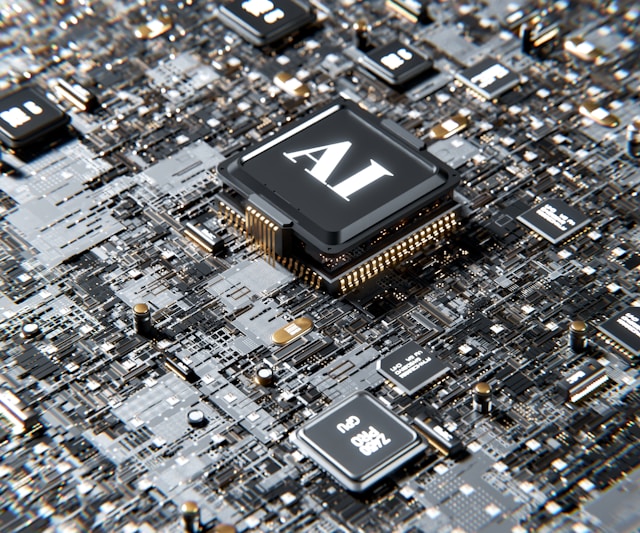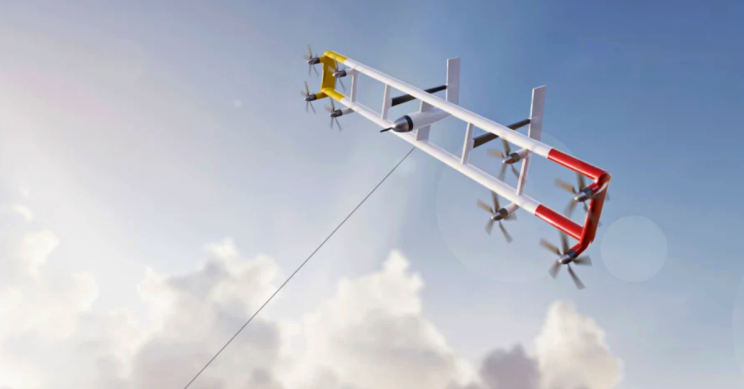Nurturing Individuals at Their Own Pace
Each human being has the potential to be as unique in all aspects of their lives as the human thumbprint, which is unique in every individual. However, this uniqueness means that individuals almost never have the exact same needs at the exact same time. This leads to different levels of engagement and interest as individuals learn the same topics. Now technology has advanced enough so that it can be personalized, vastly improving the lives of individuals, groups in society, nurturing each person in the most efficient way.
Adaptive Learning is the New Buzzword
Teachers, for example, are beginning to use data to understand the progress each student is making so as to know exactly what instructional decisions benefit individuals and groups. Instructional decisions include the ways in which schools use resources including staff, space, interests, and more.
The end goal of personalization and adaptive learning is to make the best use of resources and improve the retention and engagement of students, especially students in remedial classes or those with special needs such as those with autism, Asperger’s syndrome, and others.
Improving the personalization of learning improves students’ study habits, attitudes towards learning, perceptions about school, friendships, relationships with elders, and the level of interest in technology, to name a few.
Using Student Data to Improve Personalization
In one program, the Shared Learning Collaboration, supported by the Carnegie and Gates foundations, all data collected on all student activity is allowing schools to better understand data across disparate activities and to bring together a more coherent understanding of students.
Programs such as these depend on schools’ ability to purchase software, laptops, and mobile devices. Once students have this technology in their classrooms and personal lives, there is a shift in how classroom lessons and homework are designed. A report, “Best Practices in Personalized Learning Environments (Grades 4-9),” explains personalized learning.
The following video discusses Ending the Classroom Factory Model: How Technology Will Personalize Education.







